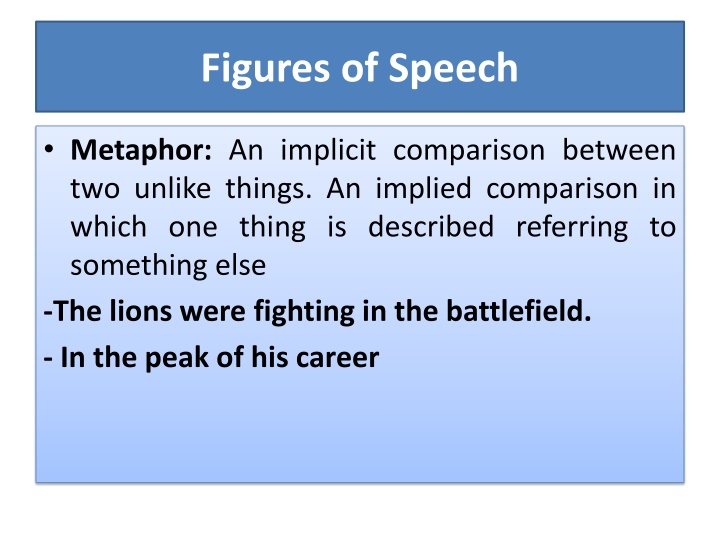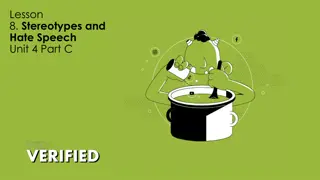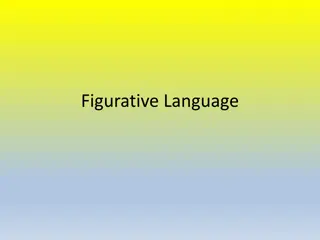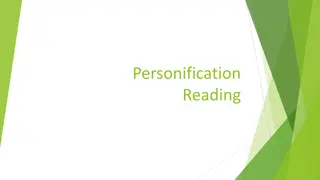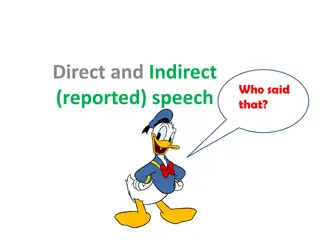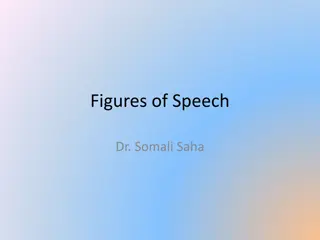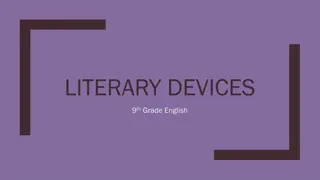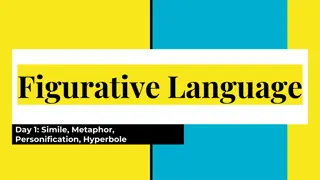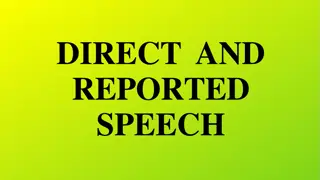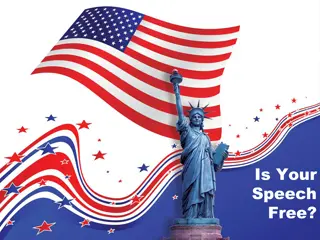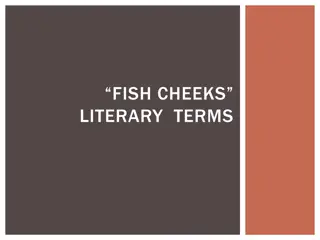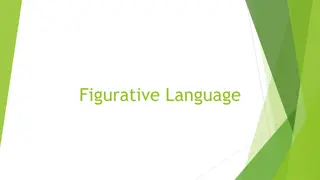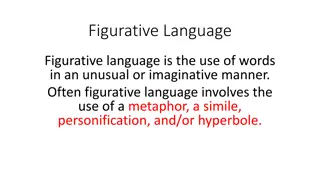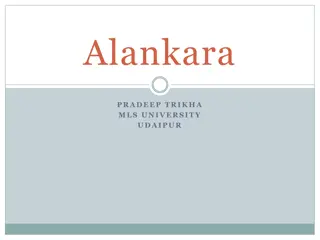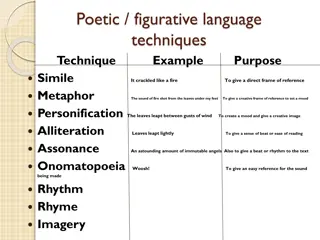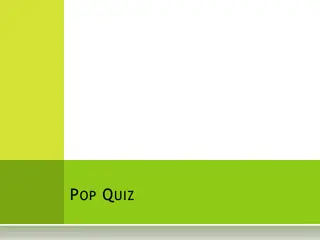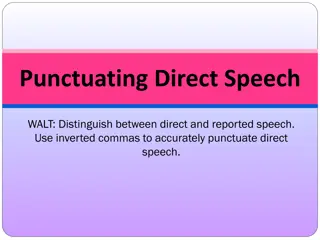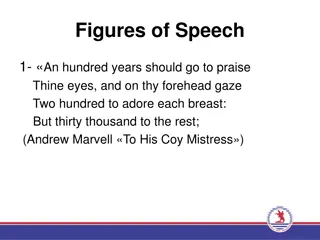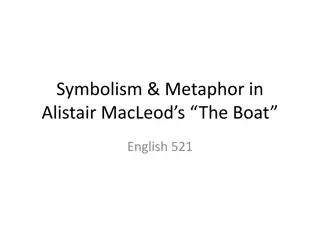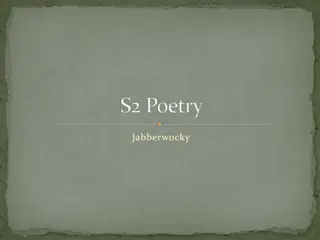Exploring Figures of Speech: Metaphor, Simile, Personification, and More
In this informative guide, delve into the world of figures of speech including metaphor, simile, personification, paradox, oxymoron, irony, situational irony, symbol, and hyperbole. Understand the nuances of each type with examples and images provided. Enhance your writing skills by mastering these literary devices.
Download Presentation

Please find below an Image/Link to download the presentation.
The content on the website is provided AS IS for your information and personal use only. It may not be sold, licensed, or shared on other websites without obtaining consent from the author.If you encounter any issues during the download, it is possible that the publisher has removed the file from their server.
You are allowed to download the files provided on this website for personal or commercial use, subject to the condition that they are used lawfully. All files are the property of their respective owners.
The content on the website is provided AS IS for your information and personal use only. It may not be sold, licensed, or shared on other websites without obtaining consent from the author.
E N D
Presentation Transcript
Figures of Speech Metaphor: An implicit comparison between two unlike things. An implied comparison in which one thing is described referring to something else -The lions were fighting in the battlefield. - In the peak of his career
Simile An explicit comparison between two unlike things, usually using like or as -The soldiers were fighting in the battlefield like lions. - John is as cunning as a fox.
Personification The attribution of human feelings or characteristic to abstractions, nonhuman entities. - Smiling flowers - Time waits for no one (song by Rolling Stones)
Paradox A paradox seems to be a self-contradictory, even absurd, statement at first; but after a closer inspection, it is found to contain some truth - youth is wasted on the young (George Bernard Shaw)
Oxymoron An oxymoron is a very concise paradox; a paradox often compressed into two or three words. In other words, it consists of two or three contradictory words: -Original copy -Only choice -Live recording
Irony The term always includes some element of saying the reverse of the literal meaning. In verbal irony, one meaning is stated, and a different, usually antithetical meaning is intended. - Walking into an empty theatre and saying, it s too crowded
Situational Irony - A marriage counsellor has divorced his third wife - A burglar whose house is burglarized while he s burglarizing someone else s house
Symbol . Something that stands for something else - Scales symbolize justice - Dove stands for peace
Hyperbole (overstatement) Exaggeration for emphasis. In hyperbole, what is meant is emphasized by saying more than what is literally meant. Her brain is the size of a pea I ll die if he asks me to a dance.
Pun A play upon words. In a pun two or more meanings appear in one word or two words of identical or similar sounds. The tallest building in town is the library. It has thousands of stories Knight/night whirled/world waist/waste
Apostrophe In apostrophe, the speaker addresses a dead person, an absent person, an object, a place or an idea. -Death, be not proud, (Holy Sonnet 10 by John Donne O sorrow, wilt thou live with me (Tennyson)
